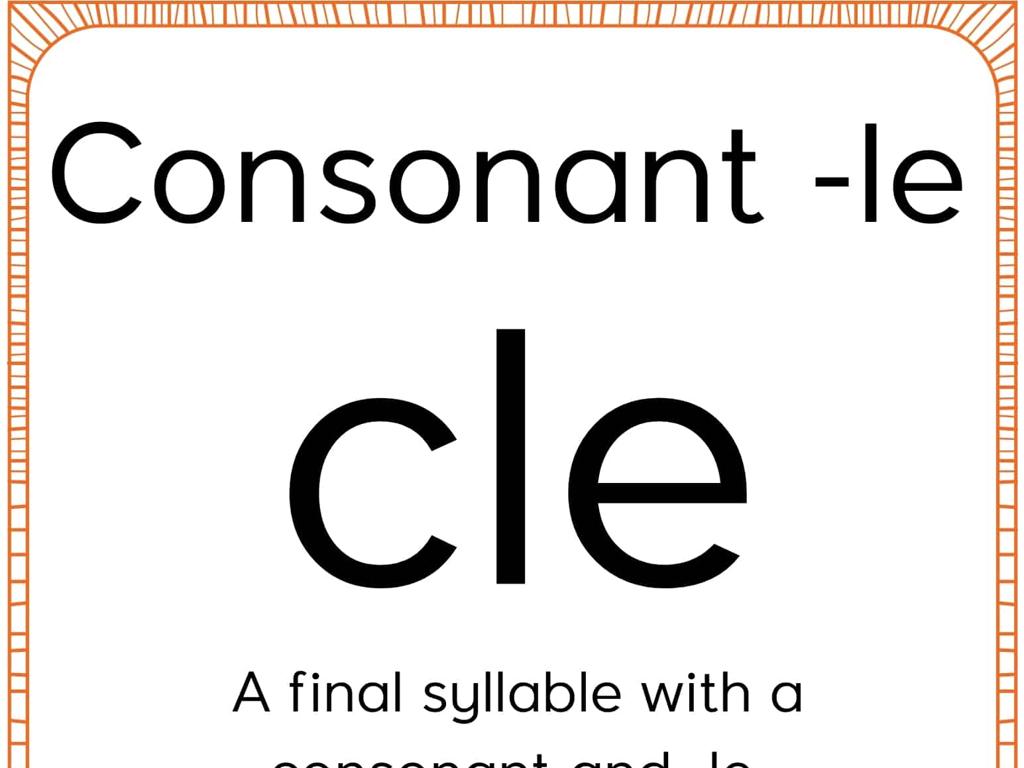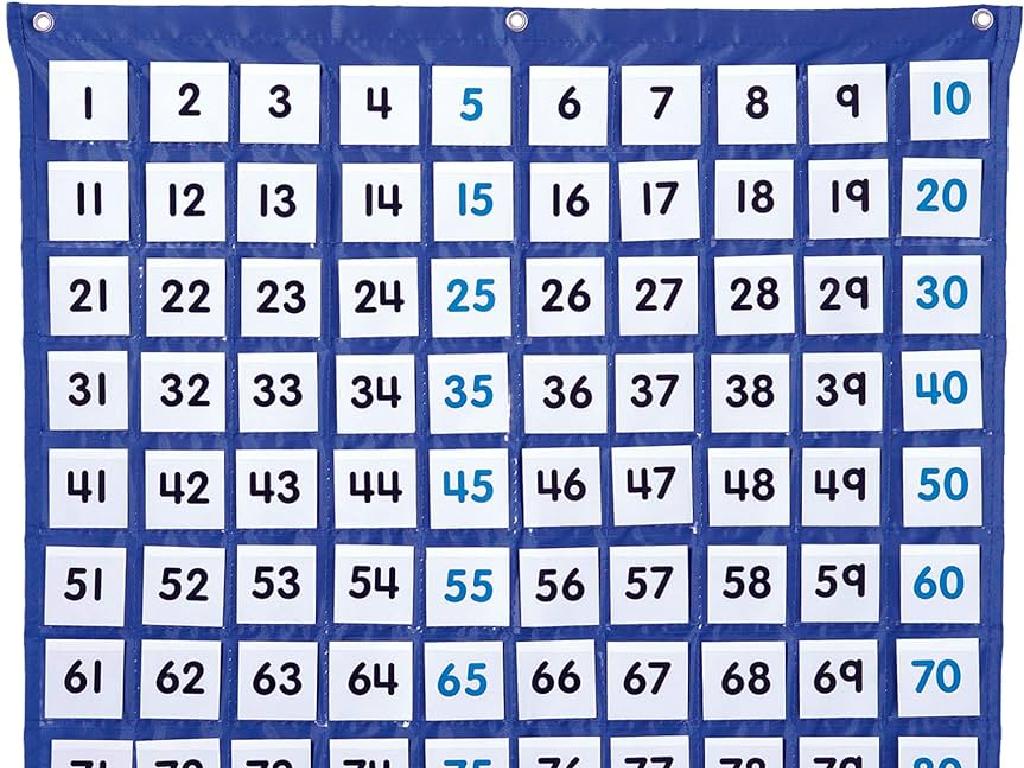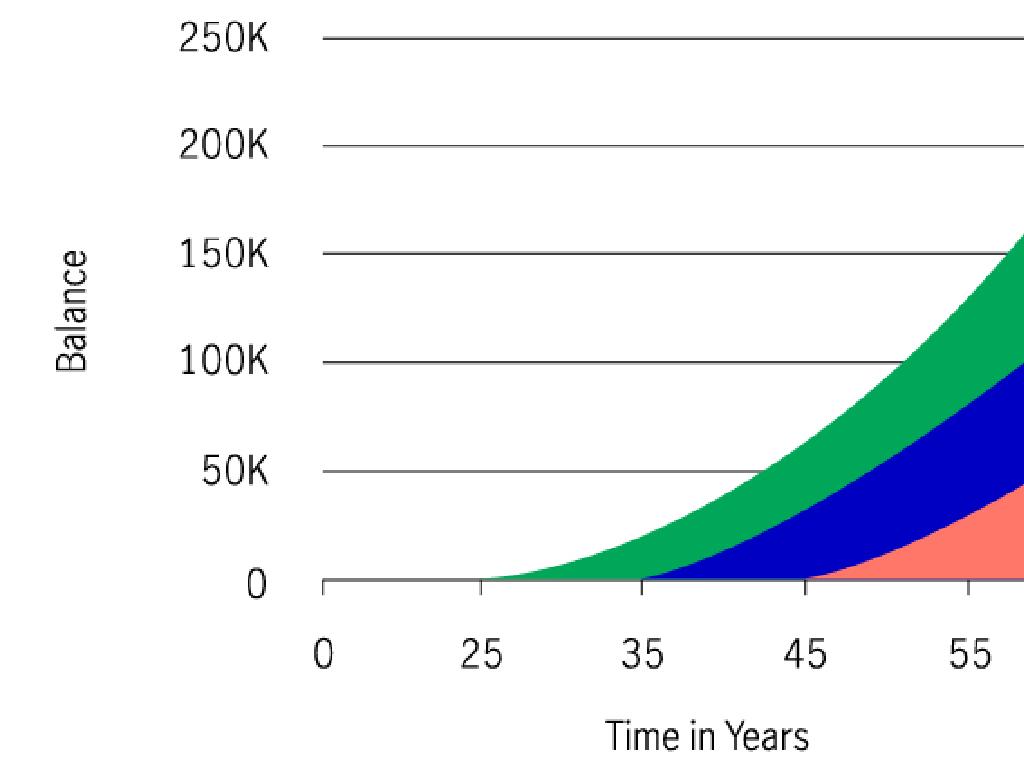Identify Rocks Using Properties
Subject: Science
Grade: Third grade
Topic: Rocks And Minerals
Please LOG IN to download the presentation. Access is available to registered users only.
View More Content
Introduction to Rocks
– What exactly are rocks?
– Rocks are solid natural substances composed of minerals.
– Exploring rock types
– Igneous, sedimentary, and metamorphic are the three main types.
– Rocks’ roles in Earth’s systems
– Rocks help form Earth’s crust and support life.
– Importance of rocks to us
|
Begin the lesson by explaining that rocks are made up of different minerals and come in many sizes and shapes. Introduce the three main types of rocks: igneous, formed from cooled magma or lava; sedimentary, made from particles of other rocks or remains of plants and animals; and metamorphic, which are formed under pressure and heat. Discuss how rocks are part of the Earth’s crust, providing the foundation for soil and supporting ecosystems. Highlight how we use rocks in everyday life, from building materials to the minerals in our smartphones. Encourage students to think about rocks they see every day and how they might be used.
Exploring Rock Properties
– Observe rock colors
– Rocks can be red, blue, brown, etc.
– Feel the rock’s texture
– Is it smooth, rough, or grainy?
– Perform a scratch test
– Use a tool to scratch the rock and see
– Check the rock’s luster
– Does it look shiny or dull in the light?
|
This slide is aimed at helping third-grade students understand the different properties that can be used to identify rocks. Color is the most obvious property and can vary widely. Texture involves the tactile quality of the rock’s surface. Hardness is determined by the scratch test, where students use a tool to see if they can scratch the rock, which helps them understand the concept of durability. Luster refers to how light reflects off the rock’s surface, indicating if it’s metallic or non-metallic. Encourage students to bring in rocks from home to observe and test these properties in class. This hands-on activity will help solidify their understanding of rock properties.
Types of Rocks and How They’re Formed
– Igneous Rocks: Born of Fire
– Formed from cooled lava or magma, like basalt or obsidian.
– Sedimentary Rocks: Layered History
– Made from layers of sediment pressed together over time, like sandstone or shale.
– Metamorphic Rocks: Transformed by Pressure
– Created under heat and pressure, changing them into new rocks, like marble or slate.
|
This slide introduces students to the three main types of rocks and their formation processes. Igneous rocks form from the cooling and solidification of magma or lava, and can be found in areas with volcanic activity. Sedimentary rocks are the result of sediment accumulation over time, often in bodies of water, and are characterized by distinct layers. Metamorphic rocks originate from existing rock types that undergo transformation due to intense heat and pressure within the Earth’s crust. Encourage students to think about the different environments where each rock type might form and to bring in rock samples for hands-on learning if possible.
Identifying Rocks by Their Properties
– Properties help identify rocks
– Color, texture, and hardness are clues
– Example: Identifying Granite
– Granite has a speckled appearance with grains
– Activity: Guess the Rock!
– Use your knowledge to guess rocks’ names
|
This slide introduces students to the concept of using physical properties such as color, texture, and hardness to identify different types of rocks. For example, granite can be identified by its unique speckled appearance and grainy texture. The class activity ‘Guess the Rock!’ will engage students in applying their knowledge to identify various rocks. Provide a selection of rocks and let students observe and touch them to guess their names. Encourage discussion about the properties they observe and how these properties can help determine the rock type. This hands-on activity will help solidify their understanding of rock identification.
The Rock Cycle: Earth’s Rock Transformers
– Rocks change over time
Rocks can transform from one type to another.
– Steps in rock formation
Learn how rocks are formed from heat, pressure, and cooling.
– Explore an interactive diagram
Use the diagram to see how rocks move through the cycle.
– The cycle connects all rocks
Understand how igneous, sedimentary, and metamorphic rocks are related.
|
This slide introduces the concept of the rock cycle to third-grade students, explaining that rocks are not static but change forms over time through various geological processes. Begin by discussing how rocks can transform from one type to another, such as sedimentary to metamorphic. Explain the steps of rock formation, including melting, cooling, and solidifying for igneous rocks, compacting and cementing for sedimentary rocks, and heat and pressure for metamorphic rocks. Use an interactive rock cycle diagram to visually demonstrate these processes. Highlight that all rock types are interconnected through the rock cycle. Encourage students to ask questions and interact with the diagram to solidify their understanding.
Uses of Rocks: Everyday Applications
– Rocks as building materials
– Used for constructing homes, schools, and roads.
– Rocks in tools and jewelry
– Hard rocks are crafted into hammers; shiny rocks become jewelry.
– Rocks and soil formation
– Broken down rocks contribute to soil for plants.
|
This slide aims to teach students about the practical uses of rocks in our daily lives. Emphasize that rocks are not just found on the ground; they are a part of many things we use every day. Buildings and structures often use rocks like granite or limestone. Tools have been made from rocks since ancient times, and even today, some hammers are made from rock materials. Jewelry often contains precious stones, which are types of rocks that have been polished. Lastly, discuss how rocks break down over time to become part of the soil, which is essential for growing plants. Encourage students to think of and discuss other examples of how rocks are used in everyday life.
Rock Identification Lab
– Pair up for rock identification
– Use tools: rock samples, magnifying glasses
– Observe colors, patterns, and textures closely
– Follow identification charts
– Charts help match properties to rock types
– Discuss findings with the class
|
This class activity is designed to give students hands-on experience with identifying rocks using their physical properties. Provide a variety of rock samples and magnifying glasses for students to examine the rocks in detail. They should note the color, texture, and any patterns they see. Using identification charts, students will work in pairs to determine the type of rocks they have. Encourage them to discuss how they used the properties to identify each rock. After the activity, have each pair share their findings with the class, fostering a collaborative learning environment. Possible variations of the activity could include having students sort rocks by hardness, testing reaction with vinegar for limestone, or using a streak plate to observe the color of the rock powder.





